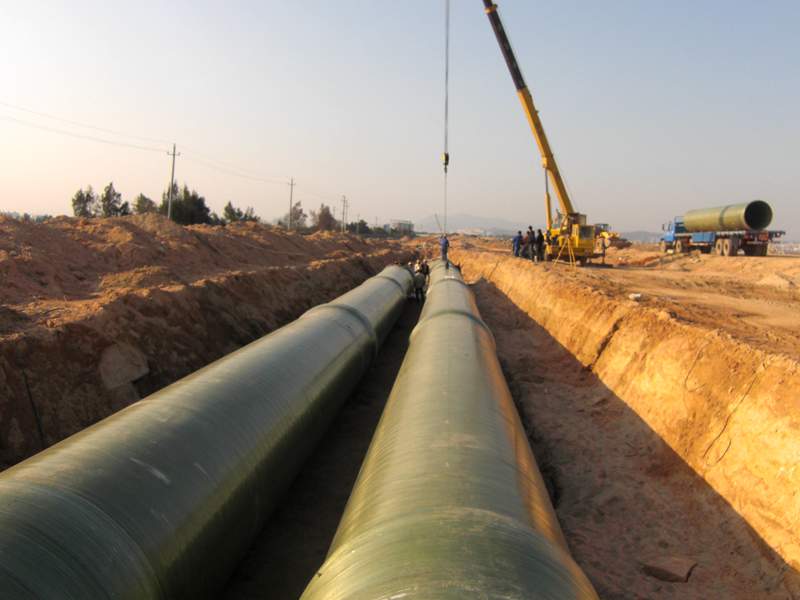
-
 Afrikaans
Afrikaans -
 Albanian
Albanian -
 Amharic
Amharic -
 Arabic
Arabic -
 Armenian
Armenian -
 Azerbaijani
Azerbaijani -
 Basque
Basque -
 Belarusian
Belarusian -
 Bengali
Bengali -
 Bosnian
Bosnian -
 Bulgarian
Bulgarian -
 Catalan
Catalan -
 Cebuano
Cebuano -
 China
China -
 China (Taiwan)
China (Taiwan) -
 Corsican
Corsican -
 Croatian
Croatian -
 Czech
Czech -
 Danish
Danish -
 Dutch
Dutch -
 English
English -
 Esperanto
Esperanto -
 Estonian
Estonian -
 Finnish
Finnish -
 French
French -
 Frisian
Frisian -
 Galician
Galician -
 Georgian
Georgian -
 German
German -
 Greek
Greek -
 Gujarati
Gujarati -
 Haitian Creole
Haitian Creole -
 hausa
hausa -
 hawaiian
hawaiian -
 Hebrew
Hebrew -
 Hindi
Hindi -
 Miao
Miao -
 Hungarian
Hungarian -
 Icelandic
Icelandic -
 igbo
igbo -
 Indonesian
Indonesian -
 irish
irish -
 Italian
Italian -
 Japanese
Japanese -
 Javanese
Javanese -
 Kannada
Kannada -
 kazakh
kazakh -
 Khmer
Khmer -
 Rwandese
Rwandese -
 Korean
Korean -
 Kurdish
Kurdish -
 Kyrgyz
Kyrgyz -
 Lao
Lao -
 Latin
Latin -
 Latvian
Latvian -
 Lithuanian
Lithuanian -
 Luxembourgish
Luxembourgish -
 Macedonian
Macedonian -
 Malgashi
Malgashi -
 Malay
Malay -
 Malayalam
Malayalam -
 Maltese
Maltese -
 Maori
Maori -
 Marathi
Marathi -
 Mongolian
Mongolian -
 Myanmar
Myanmar -
 Nepali
Nepali -
 Norwegian
Norwegian -
 Norwegian
Norwegian -
 Occitan
Occitan -
 Pashto
Pashto -
 Persian
Persian -
 Polish
Polish -
 Portuguese
Portuguese -
 Punjabi
Punjabi -
 Romanian
Romanian -
 Russian
Russian -
 Samoan
Samoan -
 Scottish Gaelic
Scottish Gaelic -
 Serbian
Serbian -
 Sesotho
Sesotho -
 Shona
Shona -
 Sindhi
Sindhi -
 Sinhala
Sinhala -
 Slovak
Slovak -
 Slovenian
Slovenian -
 Somali
Somali -
 Spanish
Spanish -
 Sundanese
Sundanese -
 Swahili
Swahili -
 Swedish
Swedish -
 Tagalog
Tagalog -
 Tajik
Tajik -
 Tamil
Tamil -
 Tatar
Tatar -
 Telugu
Telugu -
 Thai
Thai -
 Turkish
Turkish -
 Turkmen
Turkmen -
 Ukrainian
Ukrainian -
 Urdu
Urdu -
 Uighur
Uighur -
 Uzbek
Uzbek -
 Vietnamese
Vietnamese -
 Welsh
Welsh -
 Bantu
Bantu -
 Yiddish
Yiddish -
 Yoruba
Yoruba -
 Zulu
Zulu
fiberglass reinforced pipe
Fiberglass Reinforced Pipe A Comprehensive Overview
Fiberglass Reinforced Pipe (FRP) is gaining widespread popularity in various industries due to its superior strength, durability, and lightweight characteristics. Composed of a polymer matrix reinforced with glass fibers, FRP pipes offer a range of benefits that make them an attractive option for many applications, including oil and gas, water treatment, and industrial processes.
One of the core advantages of FRP pipes is their excellent corrosion resistance. Unlike traditional materials like steel or concrete, fiberglass does not corrode when exposed to harsh chemicals or environmental conditions. This property makes FRP an ideal choice for transporting corrosive substances, such as acids and alkalis, without the risk of degradation. As a result, companies can significantly reduce maintenance costs and downtime associated with pipe replacements or repairs.
Fiberglass Reinforced Pipe A Comprehensive Overview
Another noteworthy benefit of FRP pipes is their thermal insulation properties. Unlike metal pipes, which can become hot or cold to the touch depending on the surrounding environment, fiberglass maintains a stable temperature. This thermal insulation reduces energy consumption in applications where temperature control is vital, such as in cooling or heating processes. Furthermore, the lower thermal conductivity of FRP minimizes heat loss, thereby enhancing efficiency in industrial processes.
fiberglass reinforced pipe

FRP also offers versatility in design. Manufacturers can produce fiberglass pipes in a variety of sizes and shapes, accommodating the specific requirements of different projects. This adaptability allows engineers to create tailored solutions that optimize fluid flow and reduce resistance, leading to improved overall system performance. Additionally, FRP pipes can be manufactured in a range of colors and finishes, enabling aesthetic integration into various environments.
In the context of environmental sustainability, FRP pipes stand out as a favorable choice. The production of fiberglass reinforced materials typically involves less energy compared to metals, and their long lifespan results in reduced waste over time. Furthermore, many FRP products can be recycled at the end of their lifecycle, contributing to a circular economy.
Despite their numerous advantages, it is essential to consider the application context when selecting FRP pipes. While they excel in many areas, specific conditions may necessitate different material choices. For example, in high-pressure applications or situations where extreme temperatures are prevalent, careful calculations and engineering evaluations must be conducted to ensure optimal performance.
In conclusion, Fiberglass Reinforced Pipe represents a significant advancement in pipe technology, offering a multitude of benefits including corrosion resistance, lightweight design, and thermal insulation. Its versatility and sustainability credentials make it a viable alternative to traditional piping materials across various industries. As industries continue to seek efficient, cost-effective, and environmentally friendly solutions, FRP pipes are poised to play an increasingly important role in the future of industrial applications. With ongoing innovations in material science and engineering, the capabilities of fiberglass reinforced pipes will continue to expand, solidifying their place as a preferred choice for modern infrastructure.
Latest news
-
High-Quality Fiberglass Car Bodies Durable GRP Car & Boat Body SolutionsNewsJul.08,2025
-
High-Quality Fiberglass Dual Lamination Product Manufacturer Durable FRP & GRP Dual Lamination SolutionsNewsJul.08,2025
-
Rectangular Tank with Dimensions for GRP Calculation Custom Fiberglass GRP Rectangular TanksNewsJul.07,2025
-
High-Quality Fiberglass Weir Custom FRP Weir & Fiberglass Tanks ManufacturerNewsJul.07,2025
-
CPVC FRP Pipe A Reliable Choice for Industrial Applications High Strength & Corrosion ResistanceNewsJul.07,2025
-
Fiberglass Scrubber for Effective Cleaning and Stain Removal – Superior Performance in Various ApplicationsNewsJul.06,2025









